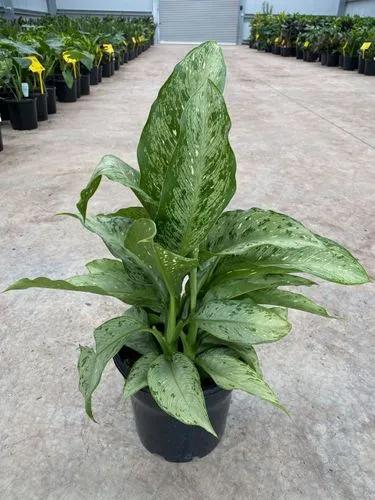Trachycarpus fortune is a palm native to central China, south to northern Burma and northern India, growing at altitudes of 100 to 2400m (328–7874 feet). It is one of the hardiest palms growing in the mountains of southern China. This brings it into a climate not only with cold winters, but also cool, moist summers.Today, being widely cultivated throughout China, Japan and SE Asia for the fibres within the leaf stalk and it is rarely found in forests.
Windmill Palm Care
Trachycarpus Fortunei



It can be invasive in Switzerland.
How to Care for the Plant

Water

Water the palm slowly until water runs through the drainage hole. If the potting mixture settles, add more mixture to the top to bring the potting soil to 1 inch below the rim of the pot.

Pruning

Experts recommend that you wait until spring to prune your palm tree. Those dead fronds may be somewhat unattractive, but they will help protect the palm from summer's heat and winter's cold. Sterilize and sharpen your pruning tools before you begin.

Fertilizer

The Chinese palm does not have any specific feeding requirements. In fact, once it is in the ground or a container, it should fare well from the nutrients in the soil. With that said, if you want to enhance the growth rate of this slow-growing tree and ensure it remains healthy, you can feed it with a 10-10-10 slow-release fertilizer.

Sunlight

About 6 hours of direct sunlight is optimal for plant growth and development.

Soil

Most often planting instructions will suggest planting in loam soil. Loam soil should be rich in minerals and nutrients for the plants and loose enough that roots and spread out and grow strong.

Temperature

These plants not only grow well in normally warm room temperatures, but are also completely unharmed by temperatures down to 7°C (45°F). If possible stand the Trachycarpus fortunei palms outdoors in a sheltered but sunny position from late spring to about mid-autumn. This will promote new growth and encourage the development of stiff, healthy leaves.

Container

Whether your potted plants are indoors or outdoors, proper drainage is an essential element to ensure they stay healthy.

Popularity

16,120 people already have this plant 1,302 people have added this plant to their wishlists
Discover more plants with the list below
Popular articles






